News & Markets
A Sustainable Shift in Construction
How Autoclaved Aerated Concrete is Shaping Construction in Bangladesh
Loading...The Evolution of AAC Adoption
When AAC was first introduced, awareness was minimal, and the industry was hesitant to shift from conventional materials. Traditional bricks, fired using coal and derived from valuable topsoil, were the standard, despite their severe environmental repercussions. Recognizing the urgency for change, Rancon eliminated topsoil-based, coal-fired bricks from projects, focusing instead on integrating AAC as a primary building material.
As pioneers in AAC adoption, Rancon actively engaged with industry professionals, highlighting its advantages, including environmental benefits, energy efficiency, and superior structural properties. Over time, as the demand for sustainable construction practices grew, AAC gained widespread acceptance. Today, multiple local manufacturers have entered the market, ensuring a steady supply and more competitive pricing, further supporting its large-scale adoption.
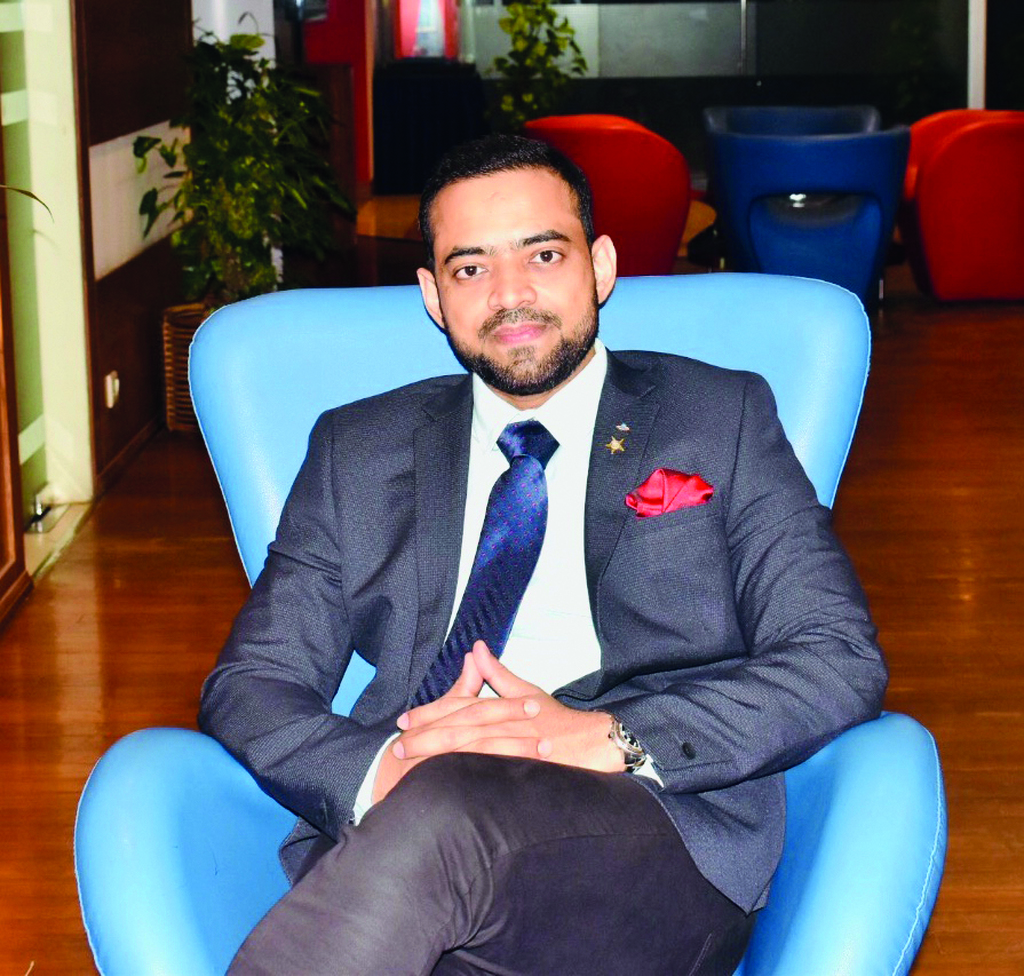
Tanvir Shahriar Rimon, CEO Rancon FC Properties Ltd., Bangladesh
The adoption of autoclaved aerated concrete in Bangladesh has begun, but the journey is far from complete. But for us at Rancon, the journey began with a clear commitment to sustainability. As strong advocates for eco-friendly construction, we were actively searching for a viable alternative to traditional bricks. Then, in early 2022, a chance conversation set everything in motion.
One cozy afternoon, as I sat in my office with a cup of coffee, Mr. Shahriar Sajjad, Managing Director of NextBlock AAC, came to visit. During our casual conversation, he shared something exciting – they were about to launch AAC blocks in Bangladesh. At that moment, I felt a rush of excitement. This was exactly what we had been looking for!
I immediately asked him, “Can you ensure a seamless supply chain?” With confidence in his voice, he assured me they could. That’s when I made him a proposal: “Let’s work as partners. We will promote your product, not just as a business decision, but as a responsibility to society and the planet. But in return, you must guarantee an uninterrupted supply at a competitive price because we intend to ban traditional bricks in our projects.”
At that time, awareness about AAC was low, and the market was dominated by bricks made from topsoil and coal-fired kilns, which were destroying our environment. Seeing the long-term damage, we took a bold step – we decided to completely stop using traditional bricks and lead the shift toward sustainability.
Since then, we have been at the forefront of integrating AAC into large-scale developments. We didn’t just use the product – we actively championed its adoption, engaging with industry leaders, policymakers, and stakeholders to highlight its environmental, energy-saving, and structural benefits.
Over time, as sustainability became a priority, AAC started gaining momentum. More manufacturers entered the market, supply chains became stronger, and costs became more competitive. Today, AAC has started getting acceptance, and we are proud to have played a role in this transformation.
By making AAC the standard in our projects, we set an example for the industry. Some of our iconic projects – Z70, Hillcrest, Queen’s Park, Khan Plaza, Rosewood, Omeras, Novera, Greenwood, Oriana, KD Anthem, and Aura – stand as testament of our commitment to sustainable materials.
As a green evangelist, I have continuously advocated for sustainability, sharing insights through forums, discussions, and vlogs to educate people about the benefits of AAC. Our efforts have helped accelerate the shift toward a greener, more eco-conscious construction industry in Bangladesh.
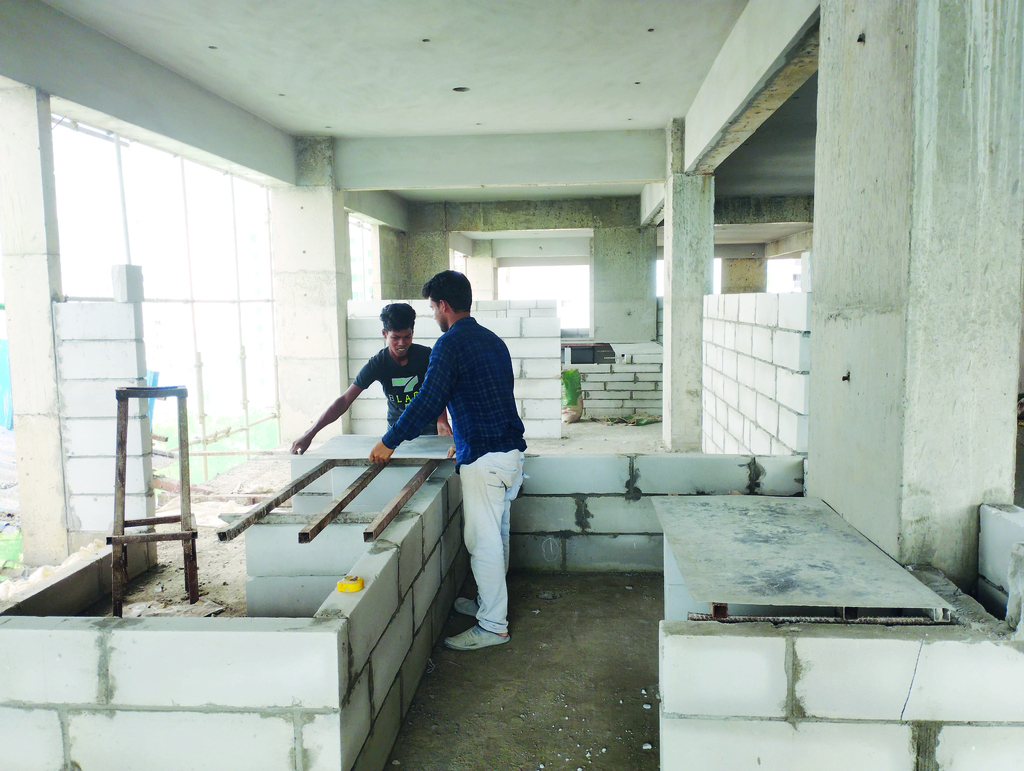
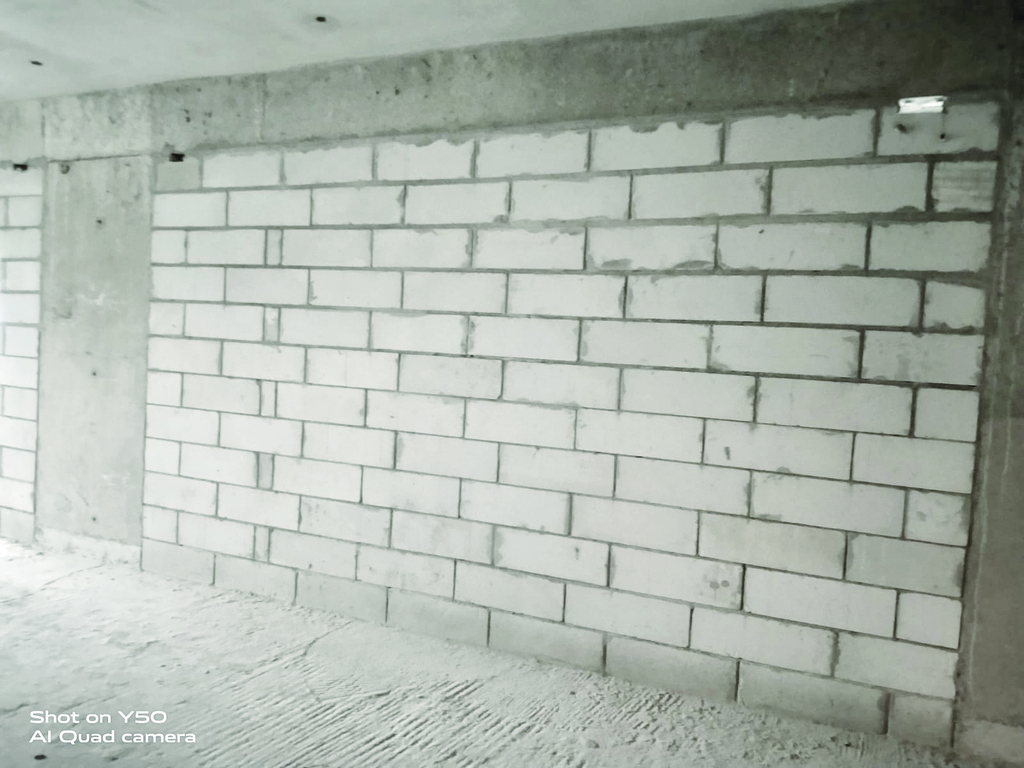
Environmental and Economic Arguments for AAC
Bangladesh produces approximately 25 billion bricks annually, consuming 130 million metric tons of topsoil and burning 5.6 million metric tons of coal. This process results in massive deforestation, air pollution, and carbon emissions. By replacing traditional bricks with AAC, these environmental impacts can be significantly reduced. AAC’s lightweight nature decreases the overall structural load of buildings, leading to cost savings in materials, labor, and maintenance.
Additionally, AAC offers better insulation, reducing energy consumption in cooling and heating. Faster construction times and long-term energy savings make it an economically viable choice for developers. Prioritizing AAC enables the construction industry to align with global green building standards while ensuring financial efficiency.
The Role of Policy and Stakeholder Engagement
The large-scale adoption of AAC requires active participation from policymakers, industry leaders, and construction stakeholders. Governments can support this transition by offering tax incentives and subsidies to developers who opt for sustainable materials. Stricter regulations on topsoil excavation and coal-fired brick kilns will further encourage AAC usage. Public-private partnerships can drive research, innovation, and mass implementation of AAC in major projects.
Including AAC in green building codes and ensuring its adoption in government-funded developments will set new industry benchmarks. Furthermore, showcasing successful AAC projects will demonstrate both cost efficiency and environmental benefits, fostering greater industry-wide acceptance.
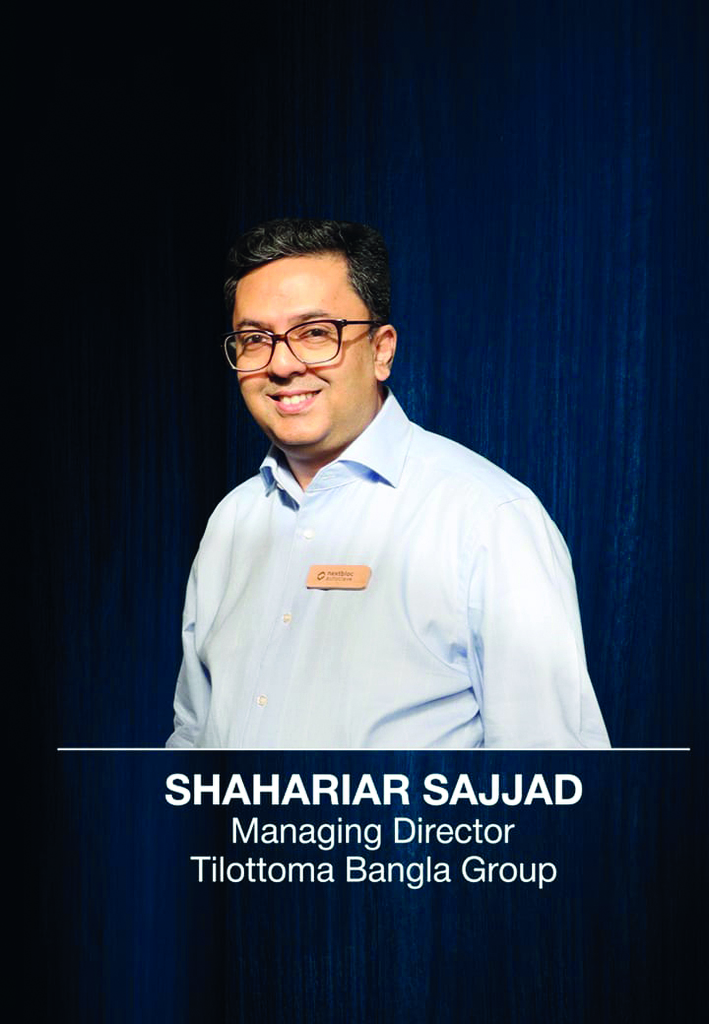
Statement from Shahriar Sajjad, Managing Director, NextBlock AAC
At present, NextBlock AAC manufactures only AAC blocks, which are tailored for a wide range of construction needs. NextBlock AAC is an enterprise of Tilottoma Bangla Group. Tilottoma has been involved with construction materials since its inception approximately 45 years ago.
Efforts are actively underway to position AAC as a value-driven solution that extends beyond its initial cost. These efforts emphasize the lifecycle cost advantage by highlighting significant savings in foundation costs, construction time, utility bills, and long-term maintenance – critical factors that resonate with cost-conscious developers. The lightweight and easy-to-install nature of AAC enables quicker construction and earlier project completion, leading to faster monetization of assets.
Awareness campaigns and direct engagement with architects, engineers, and developers serve to demonstrate the economic benefits of AAC. This is achieved through the provision of technical support, collaborative design consultations, and on-site training. Additionally, policy advocacy plays a key role in aligning AAC with government sustainability goals, including the encouragement of incentive frameworks such as green building certifications and tax breaks that directly benefit adopters of AAC.
AAC demonstrates superior performance in several key areas when compared to traditional building materials. It offers excellent durability due to its dimensional stability and resistance to rot, mold, pests, and age-related degradation when used properly. In terms of thermal insulation, AAC blocks significantly reduce heating and cooling loads, contributing to up to 30% annual energy savings and lower operating costs. The material is also non-combustible, offering fire resistance ratings of up to 4.5 hours, which enhances overall building safety. Thanks to its porous structure, AAC provides strong sound insulation, making it suitable for urban and industrial applications. Its lightweight nature reduces structural loads and enhances seismic resilience. From an environmental perspective, AAC is produced using industrial by-products and consumes fewer raw materials, resulting in a reduced carbon footprint.
The outlook for AAC adoption is strong, supported by market demand and policy alignment. The Bangladesh government is promoting sustainable construction materials through measures such as the Green Building Guidelines and planned updates to the Bangladesh National Building Code (BNBC). Urban development authorities, including RAJUK, are supporting emission-reducing materials, positioning AAC as a compliant and eco-friendly alternative. The public sector’s increasing preference for low-carbon materials is also opening new segments for AAC in infrastructure projects. With rising levels of awareness and education, a market shift from traditional bricks to AAC is expected across both urban and semi-urban construction sectors.
Educational Strategies for Developers and Consumers
Educating developers and consumers on the long-term advantages of AAC is crucial for its widespread adoption. Awareness campaigns, industry seminars, and training workshops can help bridge the knowledge gap. Real-world case studies highlighting AAC’s cost-effectiveness and sustainability impact will build confidence among developers.
Integrating AAC into architectural and engineering curricula through university partnerships can create a new generation of professionals who prioritize sustainable building materials. Additionally, leveraging digital platforms such as vlogs, webinars, and social media can broaden outreach and influence consumer preferences. Government-backed initiatives promoting AAC in public projects will further reinforce its credibility and acceptance.
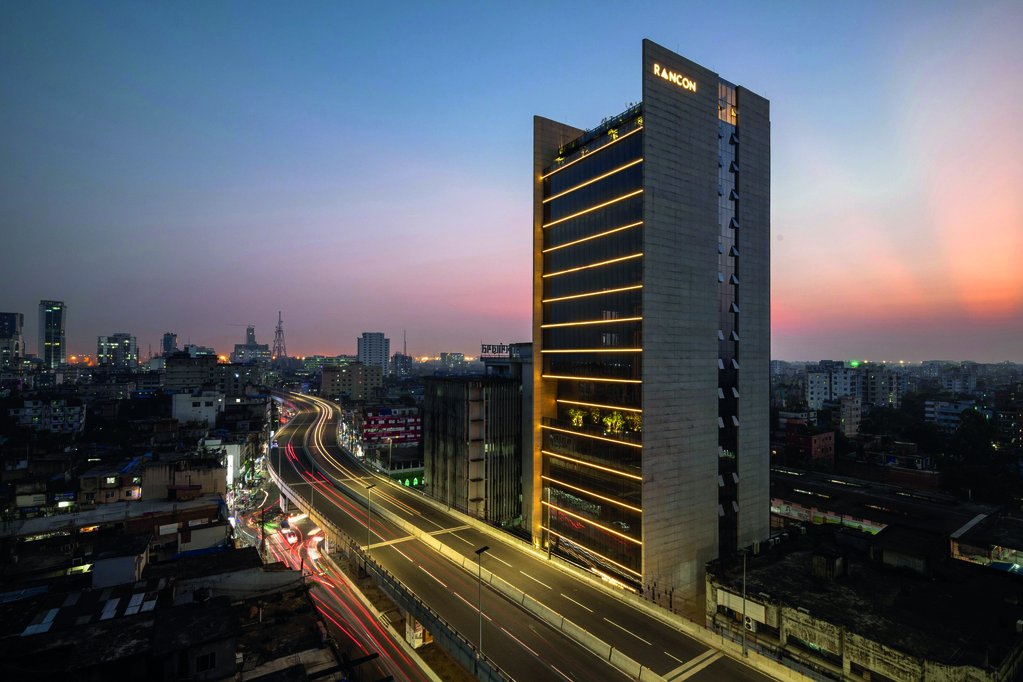
Addressing Challenges to Large-Scale Adoption
Despite AAC’s numerous advantages, certain barriers hinder its mass adoption. Many developers remain reluctant to move away from traditional materials due to familiarity and existing supply chains. The perception of higher unit costs – despite AAC’s overall project cost savings – also discourages widespread usage. Furthermore, limited local manufacturing capacity and supply chain constraints create challenges in availability and pricing stability.
To overcome these hurdles, continuous education and advocacy are essential. Rancon demonstrates the financial and environmental benefits of AAC through workshops and digital content to help shift industry perceptions. Encouraging investment in local AAC production can strengthen supply chains and enhance affordability. Leading by example through integration of AAC in construction projects and engaging with policymakers and industry leaders, Rancon actively works to establish AAC as the standard for sustainable construction in Bangladesh.

Statement from Samiul Islam, Executive Director, Maxcrete Limited
Currently, Maxcrete Limited produces approximately 35,000 m3 of AAC blocks annually. We currently have the largest production capacity of approximately 1000 m3 per day. However, we are planning an extensive market awareness campaign since it’s a new product for Bangladesh which will allow us to reach at least 240,000 m3 per year in the near future. At present, we manufacture AAC blocks exclusively, but we already implemented the technologies and intend to expand our product range to include AAC panels and lintels.
We are actively exploring the integration of recycled materials into our AAC production process and we have an in house research and development laboratory including a water treatment plant inside our facility. In particular, we aim to utilize fly ash and recycled AAC waste. While fly ash is not currently widely available in Bangladesh, several coal-based power plants are being established, which will provide fly ash as a byproduct of coal combustion. This will not only help reduce industrial waste but also lower carbon emissions compared to traditional clay brick manufacturing.
Additionally, during transportation and installation, sometimes AAC blocks may be damaged or broken. These can be crushed and processed into aggregates, which are then reintegrated into the production cycle for new AAC blocks – significantly reducing the demand for virgin raw materials.
To minimize energy consumption, Maxcrete has installed a 357 kW solar power system, with plans to expand to 1 MW. Once completed, solar energy will account for 30–35% of our total energy use. Furthermore, we have converted our boiler system from diesel to CNG, leading to a projected reduction of fuel consumption by 30–35%.
Maxcrete employs various energy-saving measures during production. For instance, steam used in the curing process is recycled, and condensate water is reused as preheated feed water for the boiler – resulting in a 25–30% reduction in fuel energy consumption.
As for the end product, AAC blocks offer superior thermal insulation due to their low thermal conductivity (0.12–0.15 W/m·K), compared to traditional clay bricks (0.8–0.81 W/m·K). This results in a 25–30% reduction in air conditioning energy usage. Additionally, AAC blocks provide enhanced fire resistance (4+ hour rating for 200mm thickness) versus conventional clay bricks (2 hour max rating). Overall, the widespread use of AAC blocks could contribute to an estimated 30% energy savings, positively impacting the national power grid.
Conclusion
The construction industry in Bangladesh is at a turning point, with sustainability becoming an essential consideration. AAC presents a viable, environmentally friendly alternative to traditional bricks, offering economic, structural, and ecological benefits. Through persistent advocacy, industry collaboration, and policy-driven incentives, AAC adoption can be accelerated, reshaping the future of construction in Bangladesh. Promoting this green revolution will not only reduce the environmental footprint but also build a more sustainable and economically viable industry for future generations.